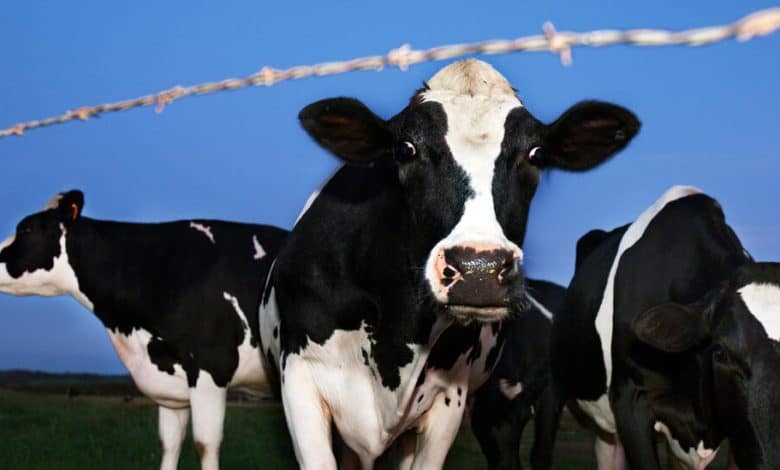This May Be Our Last Chance to Halt Bird Flu in Humans and We Are Blowing It

The outbreak of H5N1 avian influenza among U.S. dairy cows, first reported on March 25, has now spread to at least 33 herds in eight states. On Wednesday, genetic evidence of the virus turned up in commercially available milk. Federal authorities say the milk supply is safe, but this latest development raises troubling questions about how widespread the outbreak really is.
So far there is only one confirmed human case. Rick Bright, an expert on the H5N1 virus who served on President Biden’s coronavirus advisory board, told me this is the crucial moment. “There’s a fine line between one person and 10 people with H5N1,” he said. “By the time we’ve detected 10, it’s probably too late” to contain.
That’s when I told him what I’d heard from Sid Miller, the Texas commissioner for agriculture. He said he strongly suspected that the outbreak dated back to at least February. The commissioner speculated that back then, as much as 40 percent of the herds in the Texas panhandle may have been infected.
Dr. Bright fell silent, then asked a very reasonable question: “Doesn’t anyone keep tabs on this?”
The H5N1 outbreak, already a devastating crisis for cattle farmers and their herds, has the potential to turn into an enormous tragedy for the rest of us. But having spent the past two weeks trying to get answers from our nation’s public health authorities, I’m shocked by how little they seem to know about what’s actually going on and how little of what they do know is being shared in a timely manner.
How exactly is the infection transmitted between herds? The United States Department of Agriculture, the Food and Drug Administration and the Centers for Disease Control and Prevention all say they are working to figure it out.
According to many public health officials, the virus load in the infected cows’ milk is especially high, raising the possibility that the disease is being spread through milking machines or from aerosolized spray when the milking room floors are power washed. Another possible route is the cows’ feed, owing to the fairly revolting fact that the U.S. allows farmers to feed leftover poultry bedding material — feathers, excrement, spilled seeds — to dairy and beef cattle as a cheap source of additional protein.
